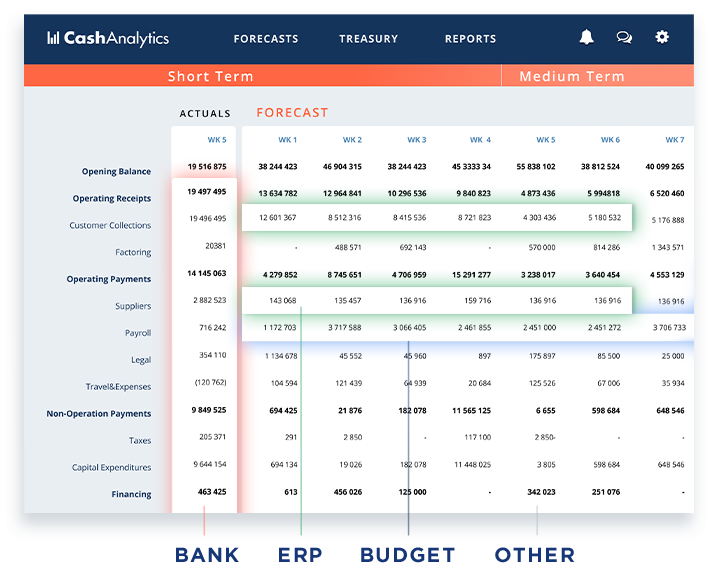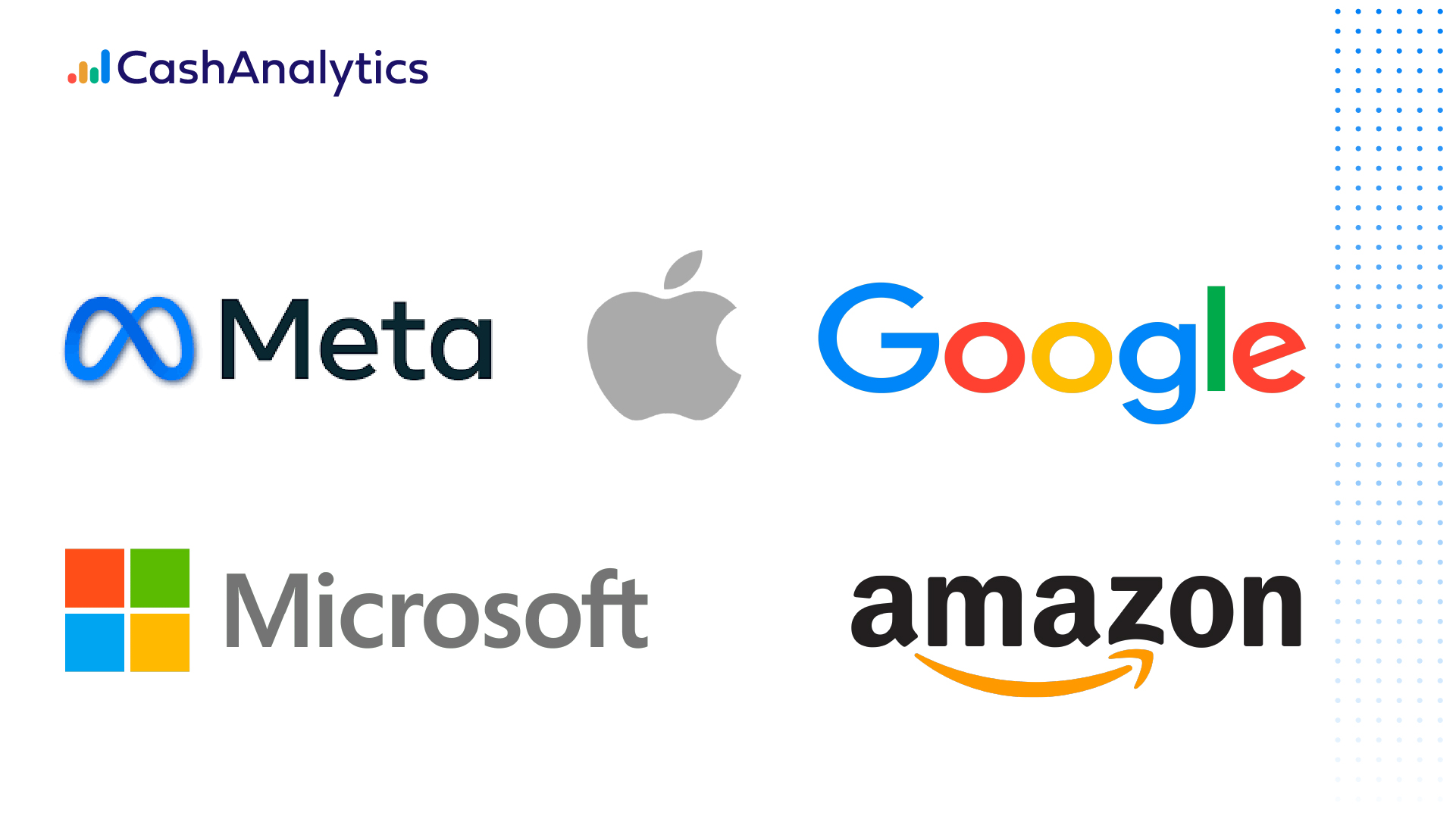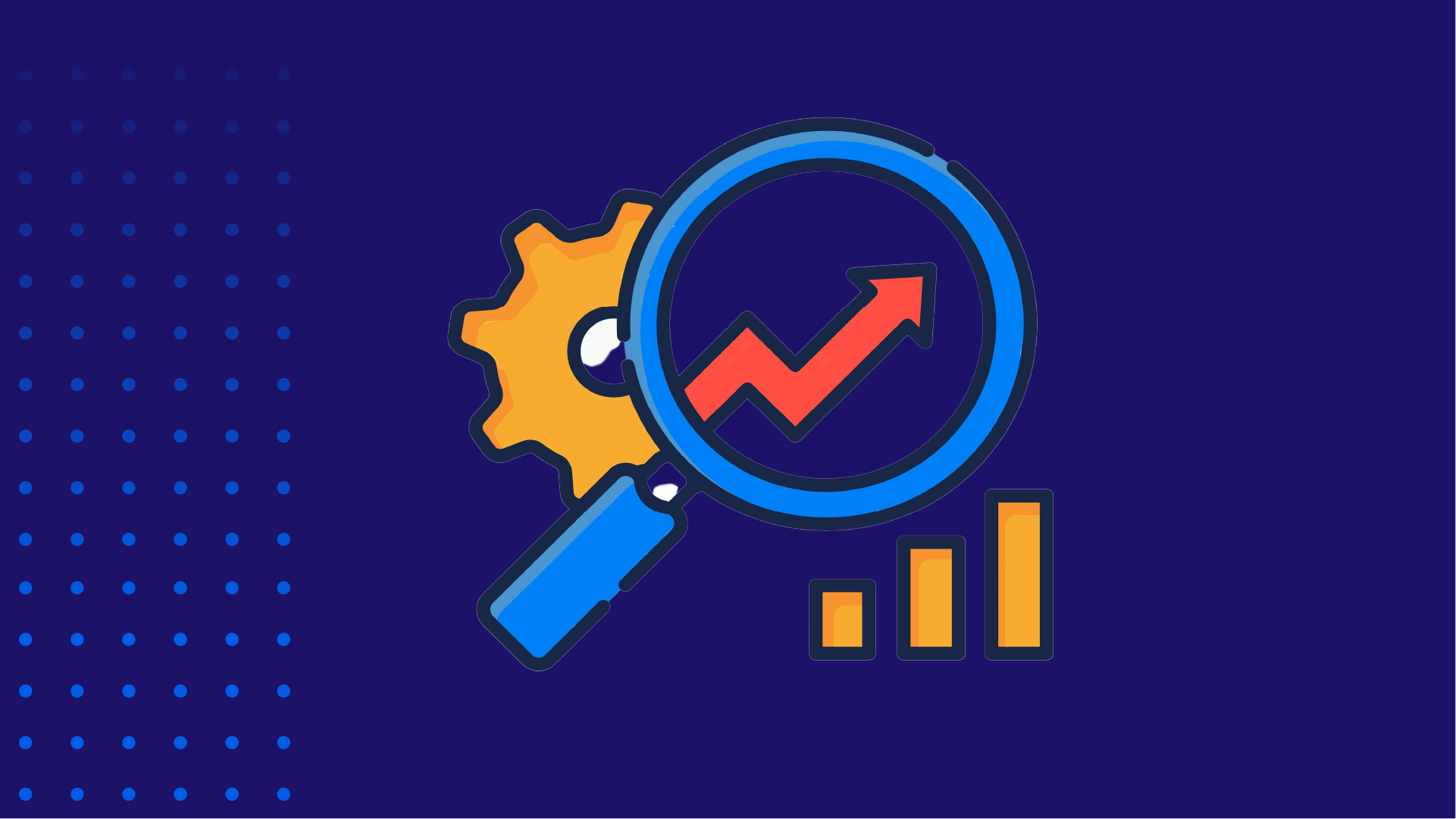
Many companies rely solely on a treasury software to manage their financial operations. This tool can be an asset for treasurers, allowing them to monitor comprehensive financial data in one place and automate manual processes like generating reports.
However, treasury software rarely provides the kind of end-to-end, granular cash flow visibility that dedicated cash reporting platforms offer. And without this detailed insight, your ability to craft strategic, accurate recommendations on liquidity and working capital is limited.
This article will cover how adding a cash management platform can fill in the gaps of your legacy treasury software, helping you to perform at your highest level and reinforce your value as a strategic business partner to stakeholders and the C-suite.
Why Using a Cash Reporting Platform Alongside a Treasury Software Is Beneficial
While treasury software covers more financial areas than cash reporting platforms, a cash management platform lets you dive deeper into liquidity planning, cash forecasting, and risk prevention. Here are some of the specific advantages that you gain by creating a treasury “tech stack” using both types of software:
You Can Create More Strategic Liquidity Reports
The liquidity reports given to key stakeholders by a treasurer influence high-level business decisions, so the information you present in them should have more value than just a basic financial summary. This is why treasury software isn’t an effective tool for liquidity reporting — you can’t sort and examine cash flow data through different granular lenses in a TMS. When you can only see an overview, it’s much more difficult to develop strategic insights into the key drivers of your company’s liquidity and to track and report on cash flow metrics.
This limited visibility puts more pressure on you because your insights will be based more on educated guesswork instead of detailed, objective data. This can cause your C-suite to have less trust in your judgment as a treasurer.
Bringing on a cash reporting platform means you can combine its detailed cash flow visibility with summary overviews from your treasury software. This access to the complete financial picture makes it easier to identify financial trends, letting you bring more context and strategic value to your reporting than just giving a status update on your current cash position. This ability to provide your C-suite with these higher-level financial insights is critical for shaping decisions on working capital investments and also affirms your value as a trusted partner.
This heightened, centralized insight in a cash management platform also makes it easier to quickly create custom reports tailored to the needs of different stakeholders. For example, in addition to reporting to the C-suite, you have all the data you need at your fingertips to objectively support how you can ensure a strong return on investment for potential and current investors.
You Can Develop More Advanced Cash Forecasts
Treasury Strategies Inc. found that “improved forecasting capabilities” were the number one priority for surveyed corporate treasurers in 2020. Treasury software does capture and consolidate financial data that can be used for basic cash forecasting, but it typically can’t link ERP software into the forecasting process. This disconnect means you have to manually review key financial data across multiple sources and upload it yourself, increasing the probability of human error that can lead to inaccurate forecasts and ineffective business decisions.
However, a cash reporting platform can connect to an ERP, unlocking the door to more accurate and robust forecasts that support your company’s bottom line. This also saves you the headache of manual data administration and ensures you’re working with clean data.
This real-time synchronization is especially important when developing short-term forecasts, which C-suite executives have requested more frequently because of COVID-19’s disruptive impact on cash and working capital. In addition to syncing with your ERP, a cash reporting platform can also sync with your budget and business plans, combining them with cash flow drivers to provide a reliable baseline for mid- and long-term forecasts.

Note: The CashAnalytics platform pulls data directly from your ERP, banking systems and can sync with your annual budget for longer term forecasting as well sourcing recurring items such as payroll.
This real-time synchronization is especially important when developing short-term forecasts, which C-suite executives have requested more frequently because of COVID-19’s disruptive impact on cash and working capital. In addition to syncing with your ERP, a cash reporting platform can also sync with your budget and business plans, combining them with cash flow drivers to provide a reliable baseline for mid- and long-term forecasts.
This ability to provide leaders with timely forecasts and insights is critical to helping your business to not just survive, but thrive — especially in times of economic turbulence. Stronger forecasts help you to optimize working capital more efficiently and create more accurate scenario models, helping leaders to be proactive and thoughtful about their decisions on funding and investments.
A cash reporting platform also allows you to carry out more detailed variance analysis across all aspects of your forecasts down to a line item, business unit, and transaction level of detail.
Here’s an example of what a comparison report looks like in the CashAnalytics system and how it can help you compare forecast submissions at a granular level to understand how they are changing over time.
You Can Better Mitigate Risks
Using both treasury software and a cash reporting platform strengthens your ability to manage and address liquidity risks.
A TMS uses automation to help you meet regulatory compliance for derivative and hedge accounting and make bank payments on time, but its lack of cash flow visibility makes it harder to proactively spot issues coming down the line. For instance, the limited visibility in a TMS makes it harder to identify working capital and external funding risks. If these liquidity problems slip through the cracks, your business is forced to scramble to try to recover. This can spell disastrous consequences for the company, especially in a turbulent market where the cash management stakes are even higher.
A cash management platform gives you that granular insight that’s key to managing these liquidity risks. Its drill-down capabilities allow you to closely examine cash flow information and find potential problems with more speed and accuracy than just trying to extrapolate what’s coming from summary data.
For instance, this level of detail helps you create more robust FX exposure analyses, which are incredibly vital to preventing insolvency in difficult economic times.
Together, Treasury Software and Cash Reporting Platforms Can Transform Your Financial Strategy
Combining the automation features of treasury software with the enhanced visibility of a cash reporting platform sets your business up for heightened success. Bringing on a dedicated cash reporting and forecasting platform lets you quickly develop more strategic insights into your company’s liquidity. In turn, you have more time to use your treasury software for additional priorities like analyzing market data.



